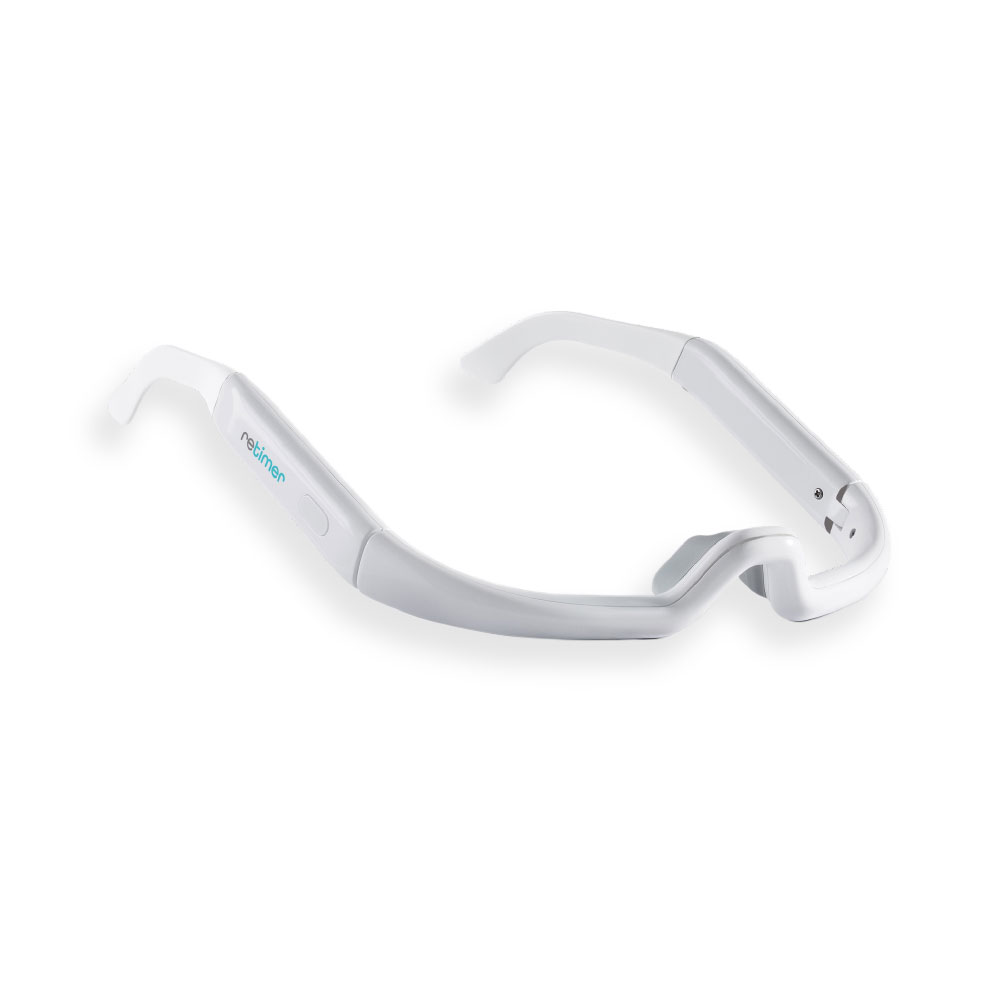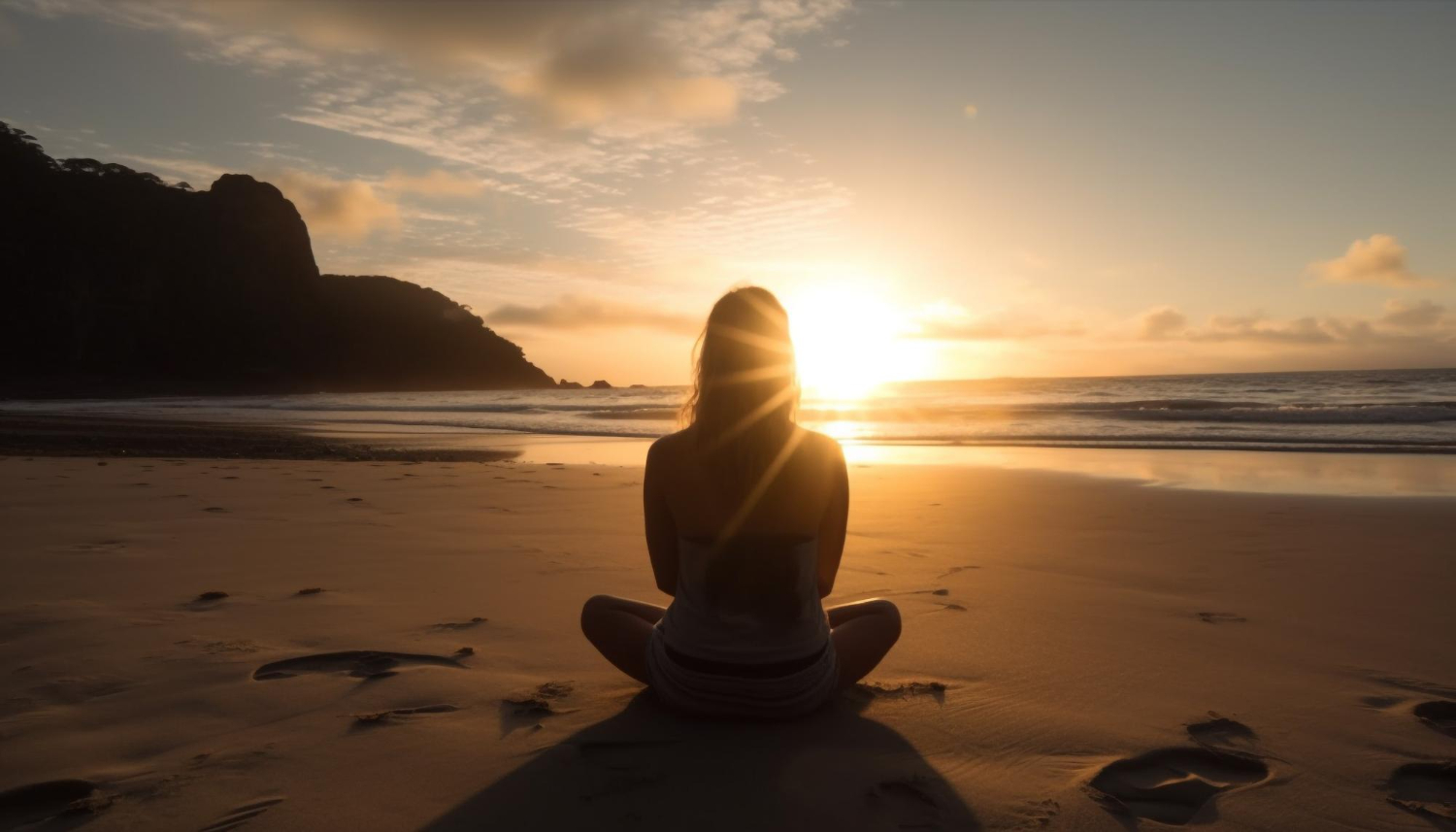In October, several Australian states will move their clocks forward an hour to begin Daylight Saving Time. While many enjoy the longer evenings, the shift can disrupt sleep. Darker mornings make it harder to wake up, and brighter evenings can delay bedtime, often leaving you tossing and turning.
Simple strategies, paired with retimer light therapy glasses, make it easier to adjust, maintain energy, and protect your sleep routine.
A Brief History of Daylight Saving Time in Australia
The idea of DST originated with George Hudson, a New Zealand entomologist, who in 1895 proposed shifting the clocks to allow more evening light for bug hunting after work. Although his idea wasn’t adopted then, the concept resurfaced decades later and was first widely implemented during World War I and II to save energy.
In Australia, nationwide DST began in 1971, but today it’s only observed in New South Wales, Victoria, South Australia, Tasmania, and the ACT. States like Queensland, Western Australia, and the Northern Territory do not observe it.
While the original reasons were practical, modern DST often feels more like a health challenge than a convenience, especially when it comes to sleep.
Why DST Disrupts Australians
Daylight is the strongest signal for your body clock, and shifting it by even an hour can trigger real biological disruption.
- Evening light delays melatonin: Extended daylight in October makes it harder to fall asleep earlier.
- Dark mornings reduce wake-up cues: Without bright sunlight in the morning, it’s difficult to feel alert.
- Impact on mood and productivity: Research shows higher rates of accidents, workplace errors, and fatigue during the week after a time shift.
- Winter blues effect: The April transition (end of DST) also brings earlier sunsets, which can trigger low mood and sluggishness.
Put simply, longer evenings may be fun, but Daylight Saving Time can upset your circadian rhythm.
DST & Driving: A Road Safety Concern in Australia
The impact of Daylight Saving Time goes beyond feeling groggy, it disrupts sleep and can even compromise road safety.
- Driver fatigue: Even a single lost hour of sleep can leave you drowsy, especially during the morning commute.
- Body clock disruption: Your circadian rhythm needs time to adjust, which can slow reaction times and reduce alertness.
- Reduced morning light: Darker mornings may impair vision, making it harder for drivers to stay alert and for pedestrians to be noticed.
- Schedule stress: Time shifts in work, school, or social routines can add extra strain and distraction.
These changes, combined with abrupt shifts in driving schedules and reduced morning light, can raise the risk of accidents. Research shows that crash rates climb in the days following the DST transition, making it especially important for drivers to stay alert and cautious during this time.
The DST Challenge for Shift Workers in Australia

Shift workers already deal with disrupted sleep schedules and irregular hours, but when Daylight Saving Time begins in October, the challenges intensify. Losing an hour of rest and abruptly shifting the clock can make an already tough sleep routine even harder to manage.
Some of the key issues for Australian shift workers during DST include:
- Sleep deprivation: The one-hour loss makes it harder to align sleep with demanding work schedules.
- Circadian misalignment: Night shifts or rotating shifts already strain the body clock, and DST adds another layer of disruption.
- Increased fatigue: Reduced sleep quality and darker mornings amplify tiredness.
- Health risks: Long-term irregular sleep combined with DST transitions has been linked to cardiovascular issues, metabolic disorders, and mood disturbances.
- Stress and burnout: Balancing unusual work hours with the time change increases mental and physical strain.
For shift workers in Australia, the DST transition is more than an inconvenience, it can significantly impact sleep, performance, and overall well-being.
How Light Therapy Helps
Light is the single most powerful tool to reset your body clock. Exposure to bright light at the right time can:
- Advance your circadian rhythm (helping you fall asleep earlier and wake up refreshed).
- Boost energy and alertness in the morning.
- Stabilize mood by mimicking natural sunlight when mornings are dark or evenings too bright.
retimer 3 light therapy glasses provide the precise wavelength of light your brain needs, timed for maximum impact.
Why Choose retimer

For decades, bulky light boxes were the standard when it came to light therapy. While they do deliver therapeutic light, they come with major drawbacks: you need to sit still in front of them for up to 45 minutes every day, which isn’t practical when you’re trying to get ready for work, school, or morning commitments.
Instead of keeping you confined to one place, retimer is light, wearable, and portable, designed to move with you, so you get proven light therapy without disrupting your routine.
| Feature | Light Boxes | retimer 3 |
| Portability | Large, desk-bound device | Lightweight & portable |
| Time Commitment | Requires sitting still for 30–45 min | Hands-free use while doing morning tasks |
| Light Quality | Broad-spectrum white/blue light | Optimal green-blue light for circadian effectiveness |
| Lifestyle Fit | Disrupts your routine | Blends into daily life seamlessly |
| Mobile App Integration | No App | Bluetooth connected device that allows you to create custom schedules on the retimer mobile app |
retimer light therapy glasses offer a simple way to ease the challenges of Daylight Saving Time. Using gentle blue-green light that mimics natural sunlight, these innovative wearables help your body stay aligned.
The retimer light therapy glasses help in:
- Regulated Light Exposure: retimer allows for controlled light exposure, helping to reset the circadian rhythm and gently adapt to the new time schedule without abrupt changes.
- Improved Mood and Productivity: retimer’s light therapy can mitigate mood swings and support individuals experiencing conditions like winter blues, especially during the shorter winter days.
- Enhanced Sleep Quality: retimer can improve the quality of sleep by regulating the circadian rhythm, making it easier to fall asleep and wake up at desired times.
- Versatile for both transitions:
- October (Spring Forward): Helps you wake up earlier even on darker mornings.
- April (Fall Back): Supports energy and emotional well-being through darker evenings.
Practical Tips for Smoother DST Transitions
Before the October “Spring Forward”
- Wake up earlier gradually: Begin waking up 20–30 minutes earlier for 2–3 days before DST. With retimer 3 light therapy glasses and the retimer mobile app, you can create a personalized schedule to adjust more easily.
- Don’t sleep in on the weekend: Set an alarm to help you maintain your adjusted. schedule.
- Get morning sunlight: Step outside soon after waking, walk the dog, have breakfast outdoors, and skip sunglasses for the first 2–3 hours.
- Adjust bedtime: Shift your bedtime slightly earlier each night before the switch, and keep evening lights dim to support natural melatonin release.”
- Watch caffeine: Keep tea and coffee to the morning hours; avoid caffeine after midday.
- Maintain consistency: Avoid procrastinating bedtime when you feel sleepy.
After the October DST Change:
- Prioritize recovery: Avoid overloading your schedule immediately after the transition.
- Drive with caution: Sleepiness can increase accident risk during the first week.
- Use strategic naps: A brief 10-minute midday nap can boost alertness without affecting nighttime sleep.
- Time your exercise: Schedule workouts for mornings or afternoons; avoid vigorous activity close to bedtime.
To Conclude
Daylight Saving Time may have begun as a way to enjoy more sunshine, but today it’s often a challenge for our sleep, energy, and mood. Whether it’s the spring forward in October or the fall back in April, your body needs time and the right light to adjust.
retimer light therapy glasses help guide your circadian rhythm through these transitions, keeping your sleep, focus, and energy on track year-round.








